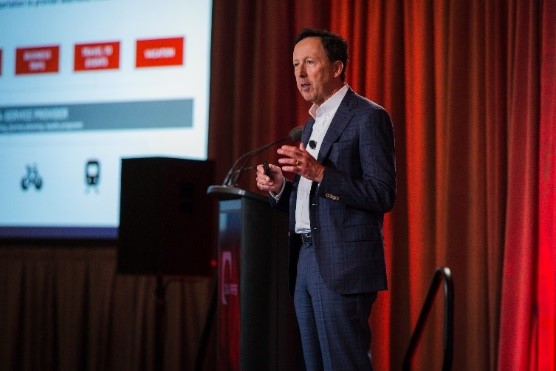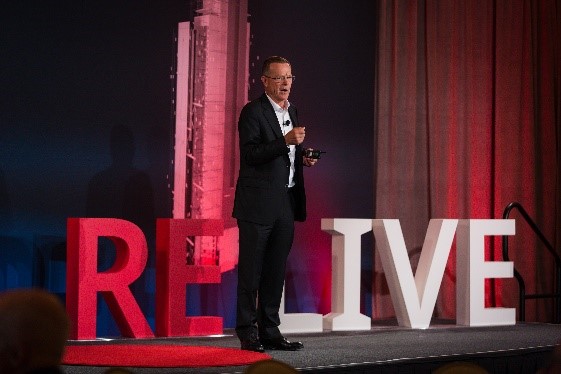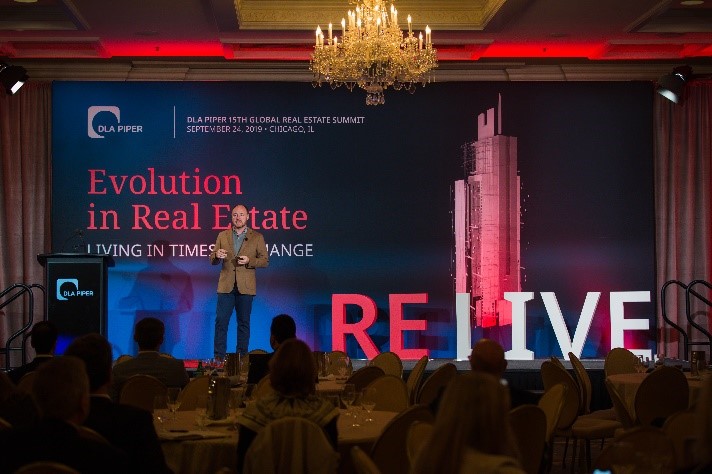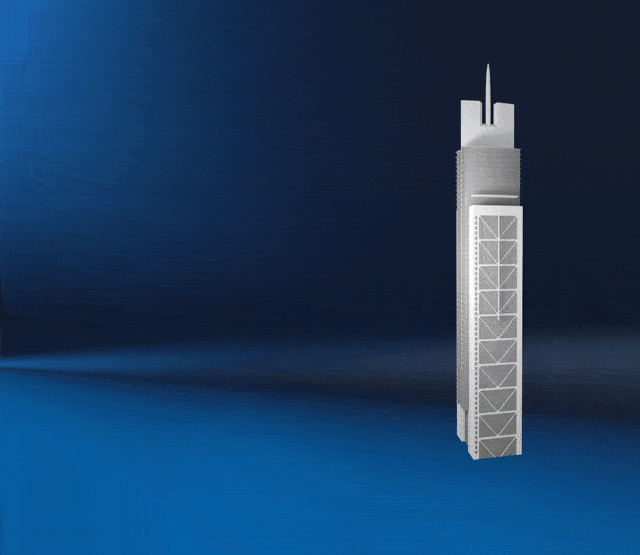RE Live Talks: Coming Disruptors and How to be Future-Ready
At DLA Piper's 2019 Global Real Estate Summit, our new speaker series titled, “RE Live Talks” provided an opportunity for the audience to hear from three leading figures on current and upcoming disruptors. The speakers focused on how these disruptors will change the commercial real estate (CRE) industry. CEO of Mobitas Advisors Mark Joseph discussed the future of mobility. Executive Vice President of Building and Human Performance at Delos Living Phil Williams, explained how the International WELL Building Institute’s building standard is impacting the future of the spaces in which we live, work and play. CEO of TechNexus Terry Howerton, described the evolving best practices for harnessing disruption.
Future of Mobility

It’s no secret that we are in a period of rapid change in the way we move around, from the rise of autonomous cars to the sudden ubiquity of scooters in many urban centers. As Mark Joseph pointed out, society moved from horses to automobiles in about one decade and the transition from drivers to driverless vehicles will likely unfold at about the same clip. However, he urged the audience to think beyond simplistic narratives and said there would be winners and losers in both cities and suburbs as some of these changes take hold. He added, “What we do know is that those who don’t think of mobility in terms of real estate are going to fall behind.”
Generational changes drive these shifts and society requires flexible solutions to meet the demands of younger consumers. Among the predictions he shared was the importance of repurposing parking spaces. Joseph projected autonomous vehicles will first be used for goods and merchandise because their transport requires less speed, incurs less danger, ease of solution and usefulness.
Joseph also shared that retailers who pursue new strategies – such as transforming stores into experience centers, monetizing the autonomous vehicle commute and repurposing shelf-space into distribution centers – will be sector leaders.
Re-Imagining the Built Environment

Health and wellness are also influencing the development of office buildings, multifamily properties and hotels -a result of new technologies merging together Phil Williams told the crowd. According to Williams, there has been a vital change: people today spend 90 percent of their lives indoors. “Don’t tell me that we don’t have a responsibility for providing the best environments we can for people.”
That’s why Williams expressed excitement about the growth of better buildings designed through the WELL program, a flexible framework that aims to increase health and human experience through design strategies. He shared that in only five years, the program has grown to operate in approximately 500 million square feet of building space.
Developers and businesses aren’t only incorporating the WELL principles in the building of new structures, they’re also employing wellbeing principles in existing structures. “Don’t just think that health and wellness is about your next new, biggest project,” he said. “It’s about every project where you’ve got people.”
Williams imagined a future in which building-data, people-data and business-data are combined to create truly responsive buildings that can target the needs and uses of the people inside. “Through optimized data analytics, the financial case for high-performance buildings can be made,” Williams said.
This concept was echoed in the annual DLA Piper Real Estate 2019 State of the Market Survey. One respondent shared that they are most excited about “technology in real estate, from resource management, utilization and human centric data” in the coming year when it comes to CRE.
Innovation and Disruption

Terry Howerton, a serial entrepreneur, discussed the nature of innovation itself and how disruption can be captured and used in the CRE market to ensure a vibrant future for the industry. He noted that large companies and entire industries are being disrupted every day and are arguably more at risk of extinction than at any other time in world economic history. He pointed out that 74 percent of Fortune 1000 companies from 10 years ago would not make the list today.
However, that was not a reason for conservatism: “Today, it’s all about being able to risk failure,” Howerton told the crowd. “Rather than look at minor changes or feel insulated from disruption due to market dominance, each and every business and industry must accept the inevitability of progress and work to embrace changes rather than fear them.”
He also emphasized that CRE leaders must be willing to ask themselves hard questions in order to keep their place at the table in a decade from now. Questions include fundamentals such as why we build and what we use buildings for. Howerton asked, “What is the future of real estate if the real estate itself isn’t the core asset value? What if it’s the service associated with real estate that is the real asset value?”
